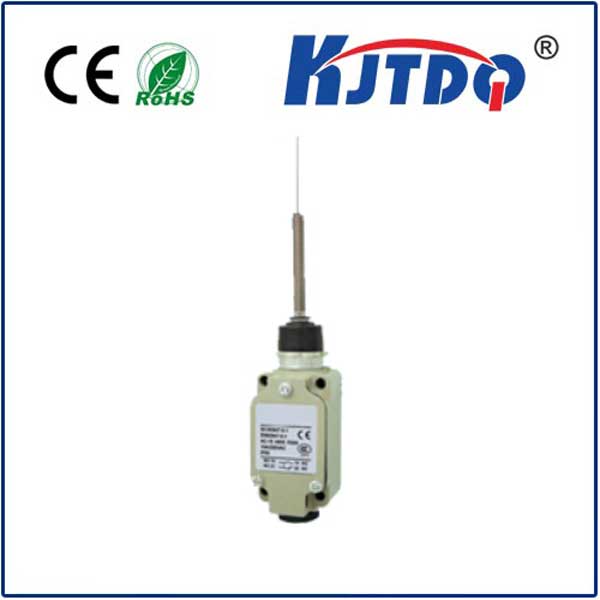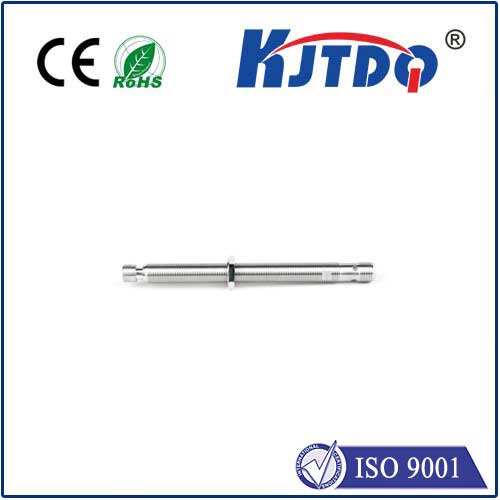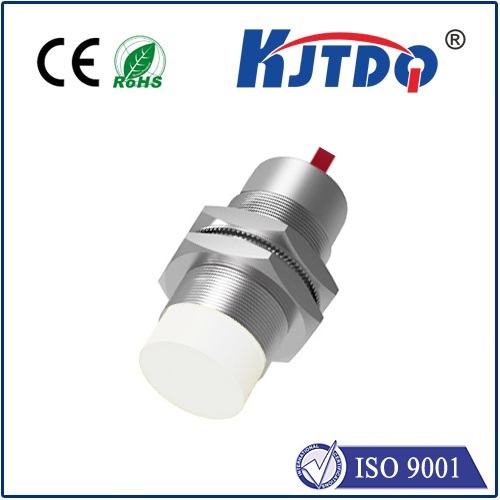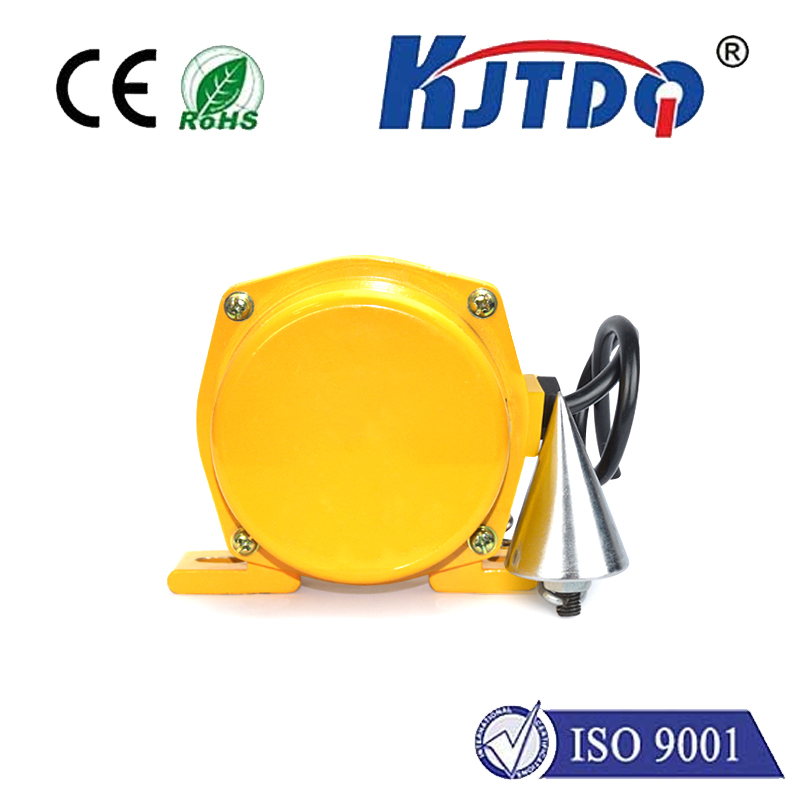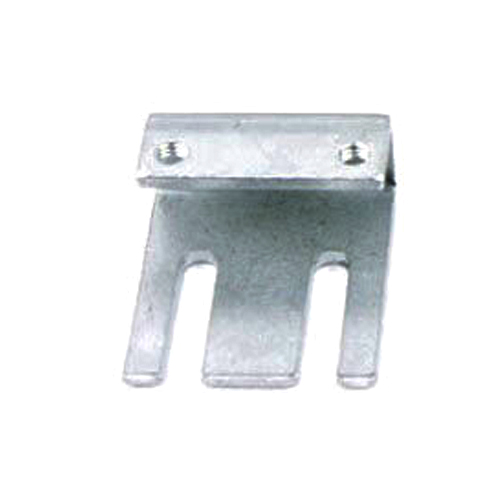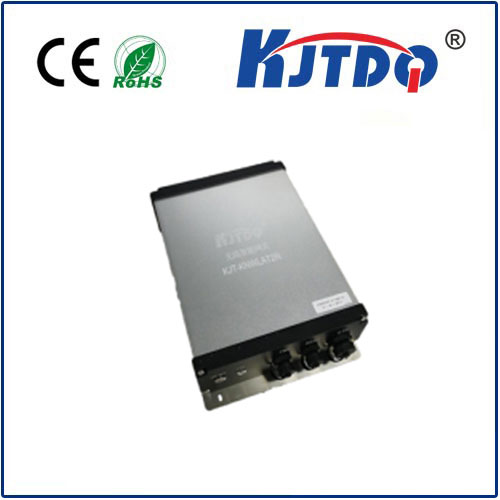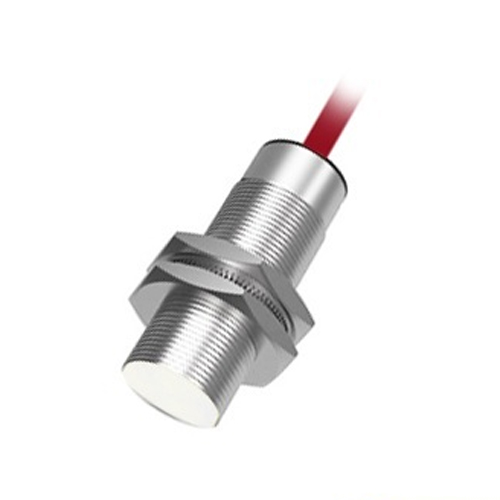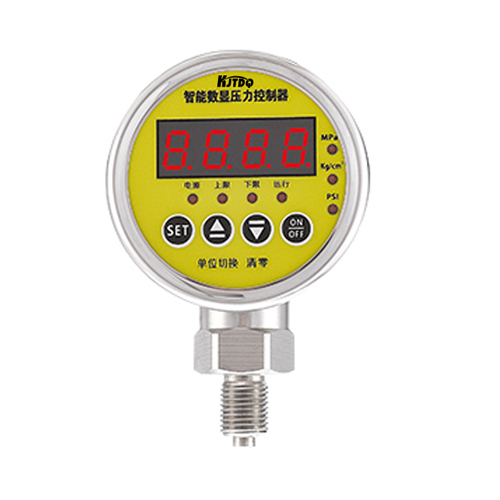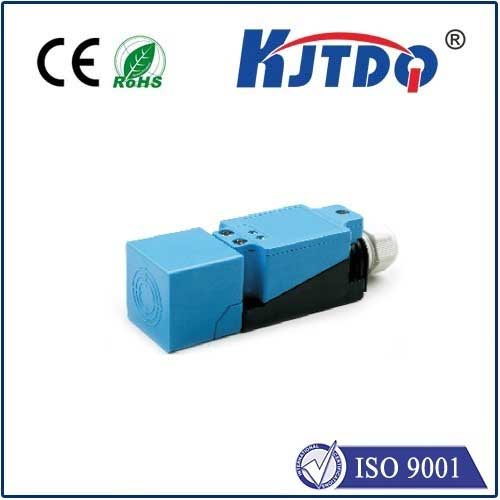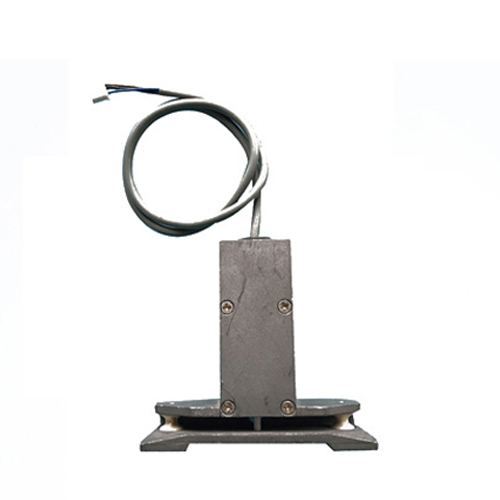BES00T1 high pressure proximity sensor
- time:2025-10-17 18:03:15
- Нажмите:0
BES00T1 Proximity Sensor: Delivering Unwavering Detection in Demanding High-Pressure Environments
Imagine a critical hydraulic system powering massive machinery deep within a mine, or the intricate valve controls on a high-pressure chemical processing line. A sensor failure here isn’t just inconvenient; it’s potentially catastrophic. Reliable proximity sensing becomes paramount when pressures soar, and vibrations shake the very foundations of equipment. The BES00T1 high pressure proximity sensor is engineered precisely for these punishing conditions, offering robust, precise detection where lesser sensors falter. This workhorse of industrial automation provides the dependable performance needed to maintain safe operations, optimize processes, and prevent costly downtime within extreme pressure-intensive applications.
The High-Pressure Challenge: Why Standard Sensors Fall Short
Not all proximity sensors are created equal. Standard inductive sensors, while excellent for countless applications, face significant hurdles when deployed in high-pressure environments:
- Mechanical Stress: High hydraulic or pneumatic pressures exert immense force on sensor housings and internal components. Standard enclosures can deform, crack, or leak, compromising both sensor integrity and the sealed environment.
- Pressure Fluctuations: Rapid changes in pressure can cause shockwaves (“water hammer” in hydraulics, pressure spikes in pneumatics), potentially damaging sensitive electronics or shifting the sensor’s calibration.
- Extreme Vibrations: Heavy machinery operating under high load often generates significant vibration, leading to loosening of components, wire fatigue, and premature failure in non-ruggedized sensors.
- Contamination Risk: High-pressure lines often involve aggressive fluids (oils, coolants, chemicals). A compromised seal under pressure means instant and potentially damaging ingress.
- Demanding Temperatures: Pressure systems can generate significant heat, further testing the limits of sensor materials and electronics.
Using an inadequate proximity sensor in these scenarios risks inaccurate detection, complete failure, fluid leaks, and ultimately, unplanned shutdowns and safety hazards. The need for a purpose-built solution like the BES00T1 isn’t a luxury; it’s an operational necessity.

Engineered Resilience: The BES00T1’s High-Pressure Arsenal
The BES00T1 isn’t just labeled “high pressure”; its design philosophy embodies resilience against the specific rigors noted above. Here are its key strengths:
- Robust, Pressure-Tolerant Housing: Crafted from high-grade materials, typically stainless steel, the BES00T1 sensor body is specifically designed to withstand significant external pressure without deformation or seal failure. Its exceptional structural integrity is the first line of defense.
- Superior Sealing Technology: Employing high-quality O-rings and advanced sealing techniques (often meeting IP68, IP69K, or even higher ingress protection ratings), the BES00T1 effectively prevents fluid ingress even under sustained high pressure and during pressure spike events. Reliable sealing is critical for longevity in wet or contaminated environments.
- Vibration Resistance: Internally, components are secured to withstand severe vibration. Connections are robust, and the overall construction minimizes points susceptible to shaking-induced fatigue, ensuring consistent performance on mobile equipment or dynamic machinery.
- Enhanced Temperature Stability: High-quality electronic components and stable materials allow the BES00T1 to operate reliably across a wide industrial temperature range, accommodating the heat generated by pressurized systems without performance drift.
- Core Inductive Sensing Performance: At its heart, the BES00T1 leverages non-contact inductive proximity sensing. It reliably detects the presence of metallic targets (usually ferrous), offering:
- Long Sensing Distances: Sufficient range for flexible installation.
- High Switching Frequencies: Capable of detecting rapidly moving targets.
- High Repeat Accuracy: Consistent detection point crucial for process control.
- Immunity to Surface Conditions: Dust, dirt, oil, and water film on the target generally don’t affect detection.
Specifications Tailored for Toughness
While specific specs vary slightly depending on the exact model variant, the BES00T1 high pressure proximity sensor typically boasts characteristics like:
- Operating Pressure Rating: Designed for continuous operation at significantly elevated pressures, often rated in the hundreds of bars (thousands of PSI). Always verify the specific rating for your application.
- Pressure Surge Resistance: Ability to withstand transient pressure spikes exceeding the nominal rating.
- Housing Material: Stainless steel (e.g., 303, 304, 316L) for corrosion resistance and strength.
- Connection: M12 or M8 connectors, often with robust PUR or TPE cables, or compact 4-pin designs.
- Protection Class: Typically IP67 minimum, frequently IP68/IP69K for submersion and high-pressure washdown resistance.
- Switching Output: Commonly PNP Normally Open (NO) or Normally Closed (NC), or NPN variants.
- Voltage Range: Standard industrial DC voltage operating ranges (e.g., 10-30V DC).
- Temperature Range: Wide operating range, often -25°C to +70°C or better.
Where the BES00T1 Proves Its Mettle: Real-World Applications
The BES00T1 proximity sensor finds its critical role wherever high pressure is inherent to the process:
- Hydraulic Systems: Monitoring piston position in hydraulic cylinders, detecting valve spool position, confirming clamp status in high-pressure injection molding machines or presses, ensuring proper gear engagement in transmissions. Reliable position feedback here prevents over-travel and component damage.
- Pneumatic Systems (High-Pressure): Controlling actuators in demanding automation lines, verifying valve states in compressed air systems operating at elevated pressures, detecting position on high-force pneumatic presses.
- Fluid Power Equipment: Pumps, compressors, and intensifiers where internal pressures are extreme and sensor failure can lead to leaks or system overload.
- Test Benches & Pressure Vessels: Providing position feedback on actuators controlling pressure within test chambers or confirming end positions on components being pressure-tested. Safety interlocks in these scenarios are vital.
- Oil & Gas / Offshore: Monitoring valve positions on wellheads, subsea controls, and pipeline equipment where pressures are immense, and the environment is corrosive and demanding.
- Тяжелая техника: Construction, mining, and agricultural equipment utilizing high-pressure hydraulics for functions like boom movement, bucket control, and steering. Vibration resistance is key.
- Chemical & Petrochemical Processing: Position feedback on valves controlling high-pressure reagent flows or within harsh chemical environments requiring robust construction and sealing.
Choosing the Right Sensor for High-Pressure Duties
Selecting a proximity sensor for a high-pressure application requires careful consideration:
- Maximum Operating Pressure: What is the constant pressure the sensor will face?
- Potential Pressure Spikes: What transient pressures might occur?
- Fluid Type: Is it hydraulic oil, water-glycol, aggressive chemicals, air? Compatibility of seals/wetted materials is essential.
- Temperature Range: Both ambient and fluid temperatures.
- Vibration Levels: Quantify the expected vibration intensity.
- Required Sensing Distance: Based on the target material and installation constraints.
- Electrical Requirements: Voltage, output type (PNP/NPN, NO/NC), connector style.
The BES00T1 high pressure proximity sensor stands as a proven solution specifically engineered to answer these demanding questions. Its inherent ruggedness, reliable sealing under pressure, and robust inductive sensing performance

